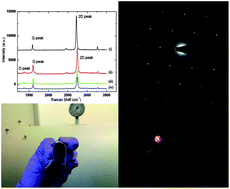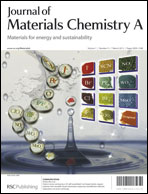Ultrathin rechargeable all-solid-state batteries based on monolayer graphene†
Abstract
The energy and power requirements of portable electronic devices and electric vehicles are ever increasing, driving research into novel battery structures with increased volumetric energy and power densities. Existing energy storage technologies cannot satisfy both of these requirements. There are many reports on the application of


 Please wait while we load your content...
Please wait while we load your content...